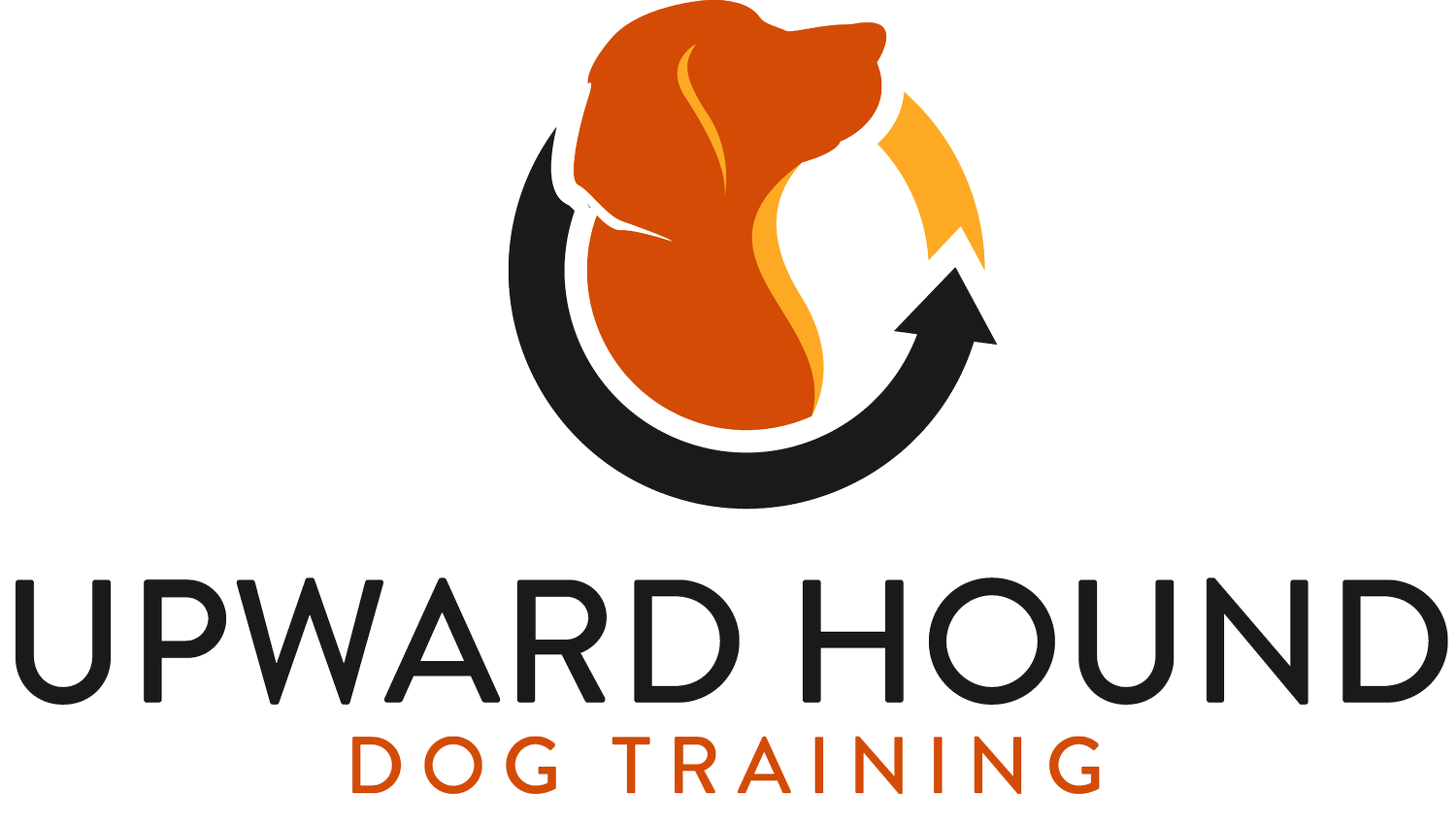
A Guide to Dog Parks
DOG PARKS
Dog Parks: A Primer
Do you have a gregarious, active dog and wonder if he’d enjoy dog parks? Are you looking for playmates and off-leash exercise but don’t know whether dog parks are safe?
For dogs who love to run off-leash and play with others, there are few experiences as enriching and good for their behavioral health than dog parks - especially if you observe a few rules of etiquette, are familiar with your dog’s body language, and pay attention to make sure everyone’s having fun.
Etiquette
The double-gate “airlock” at the entrance is not only a safety feature to avoid escapes, it’s also where all leashing up and unleashing should happen. Leashed and unleashed dogs don’t mix well, so resist the temptation to keep your dog beside you just to “see how he does.” Counterintuitively, he’ll do better navigating the social scene without being tethered to your side.
Many parks have different sections for small and large dogs. Respect this separation for their safety.
When new dogs arrive, call your dog away from the front gate. It can be overwhelming and a little scary to be bombarded by a barking crowd, so let newcomers enter quietly and without any fanfare.
Train your dog to come when called and to allow you to grab his collar. Use your extra-yummy snacks to reinforce these behaviors. Contact us if you need help with this.
Bring
Extra-yummy snacks
Poop bags
Water
Leave at Home
Infants and toddlers
Shock and prong collars
Female dogs in heat
Alcohol and food
Puppies under 6 months
IT CAN BE SCARY TO BE RUSHED BY A CROWD OF DOGS, AND SCARED DOGS CAN GET DEFENSIVE.
Dog play can seem a little alarming if you don’t know what to look for. During play dogs will growl, bite, show their teeth, chase, wrestle and even stalk each other. No wonder it’s easy to mistake playing for fighting! Lucky for us humans, dog play body language is embedded with a special code that we can learn.
Body Language During Play
Meta-Signals
We all know a cute come-hither play bow when we see one. But play faces, goofy grins and loose, inefficient gaits also help dogs communicate to each other, “I’m gonna tackle you but I’m only kidding!”
Activity Shifts and Role Reversals
It’s a sure sign of easygoing play when dogs intermingle chasing with some wrestling and biting, for example, and if they can take turns doing so.
Self-Handicapping
During play, dogs bite and bodyslam with inhibited force like stuntmen filming a fistfight. Similarly, large dogs soften their movements or lay down in order to level the playing field with smaller playmates.
Consent Tests
Your sure-fire test to see if two dogs are having fun is to gently hold back (or call to you) the one who might be coming on a little strong. Observe his playmate. Does he come back for more fun, or does he welcome the interruption as a chance to go do something else? Letting the other dog vote with his feet is called a consent test. Do these early and often in play; you can’t do them too frequently, especially if it helps ease your mind.
DOG-DOG PLAY IS OFTEN MISUNDERSTOOD. IT CAN BE NOISY AND VIGOROUS AND SOMETIMES IT IS DIFFICULT TO TELL IF THE DOGS ARE PLAYING OR FIGHTING. FORTUNATELY, DOGS USE COMMUNICATION THAT TELLS THEIR PLAYMATE WHETHER IT IS PLAY OR NOT. WE CAN LEARN THIS COMMUNICATION AND ENJOY WATCHING PLAY WITHOUT WORRY!
DOG-DOG PLAY CAN SOMETIMES LOOK AND SOUND LIKE FIGHTING. DOGS HAVE A SYSTEM OF COMMUNICATION TO INFORM THE OTHER DOG THAT THEY ARE PLAYING. HOWEVER, IF WE AREN'T SURE IF A DOG IS HAVING FUN, WE DON'T HAVE TO GUESS OR END THE INTERACTION.
Videos used here by permission of the amazing Jane Sigsworth of Dog Knowledge in the UK.
Keeping it Fun and Safe
You can do a lot to ensure your dog is having fun and playing well with others. Pay close attention to your dog’s behavior and gently intervene when necessary. If he is getting overwhelmed or you suspect him of coming on too strong with another dog, call him to you for a break or a snack. Don’t scold, yell, or physically reprimand. Nothing ruins a good time like someone being unpleasant with their dog or child, so keep it light.
Keep it moving. If you want to strike up a conversation with another dog owner, do so while walking. Large congregations of dogs and people invite squabbling, so keep everything fluid and try to spread out.
Arguments happen even among close friends. And like humans, dogs prefer to set their own limits and have them respected. Snarking each other off for bad manners is not only normal, it’s to be expected. As long as nobody’s injured or scared, squabbles are as normal at the dog park as they are on a school playground. As above, keep it light and move on.
Match small dogs and seniors with other small dogs and seniors in the designated area. Don’t expose them to the risk of being inadvertently bowled over, scared, or worse by the rambunctious athletes in the main area. It’s just not worth taking chances.
PHOTO BY IPET PHOTO ON UNSPLASH


